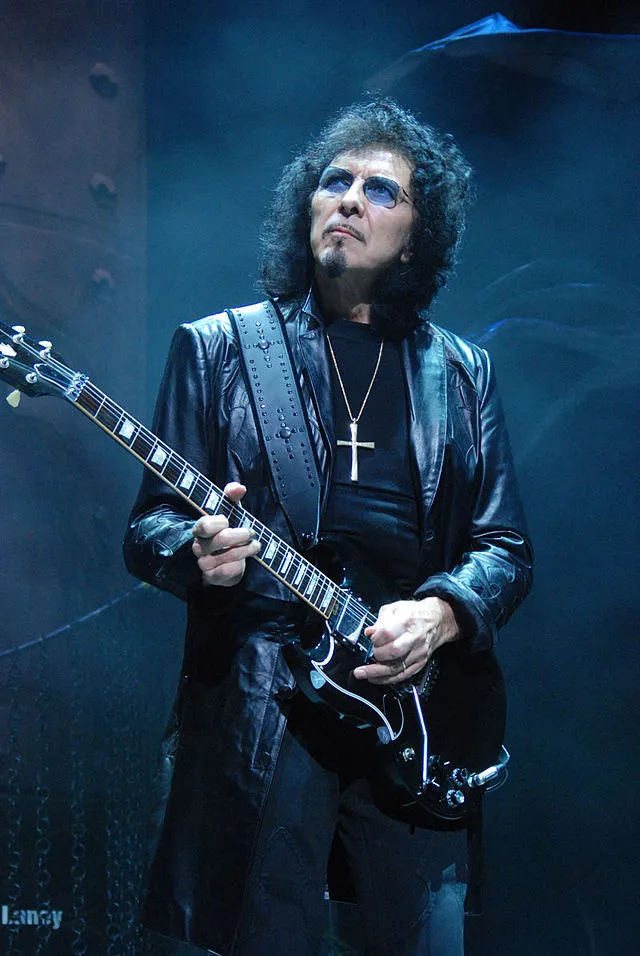(2) The Architect of Metal: How Tony Iommi Shaped My Musical World
The story of Tony Iommi is nothing short of legendary – a young man who lost several fingertips in an accident, only to rise as one of the greatest guitarists of all time, inventing the heaviest riffs the world had ever heard. Alongside Django Reinhardt, he proved that talent knows no limits. But what’s always fascinated me isn’t just how he overcame his injury – it’s the sheer musical vision he brought to life.
I’ve never really engaged in the endless debate over whether Ozzy, Dio, or someone else was the “true” Black Sabbath singer. For me, Black Sabbath was Tony Iommi. Right up until the band’s final day in 2018, he was the heart and soul of their sound. Maybe he first down-tuned his guitar and crafted those slow, crushing riffs just to ease the pain in his damaged fingertips – but in doing so, he rewrote the history of rock music.
I was around ten years old when I first heard Black Sabbath on the radio. Back then, under the Communist regime, catching a rock or metal song on public broadcasting was like finding a hidden treasure. And when the opening riff of Electric Funeral came through the speakers, it was nothing short of a revelation. That sound – raw, doomy, and suffocating – hit me like nothing else before. It was dark and melancholic, yet brutally heavy. But more than anything, it made me think. That’s something I value in any form of art.
I wanted to hear that riff over and over again – until my increasingly irritated mother stormed into my room and shut off the tape recorder in frustration. But by then, it was too late: the seed had been planted. Soon after, I got my hands on Volume 4 (I don’t even remember who gave it to me, but I’ll be forever grateful), and a little later, sometime around ‘83 or ‘84, I recorded the first four songs from Born Again off the radio. That was it – I was completely lost in the world of Black Sabbath.
Now, I have to be honest: Iommi’s solos never fully resonated with me. They were always excellent, no doubt about it, but not exactly my taste. His riffs and songwriting, however, are a different story. The dark, monumental, almost cinematic atmosphere of his music is something I still can’t get enough of, even 40 years later. His riffs are like massive, ancient cathedrals of sound – colossal, intricate, and awe-inspiring. Take When Death Calls from Headless Cross (1989): it’s the perfect example of his ability to blend crushing heaviness with an almost orchestral grandeur. But there’s also incredible beauty hidden in the darkness of his music. Listen to Dying for Love from Cross Purposes (1994), and you’ll hear what I mean.
I only had the privilege of seeing Tony Iommi live twice – once in 1998 and then again in 2018, on Black Sabbath’s farewell tour. But his influence on me goes far beyond those concerts. His image – the ever-elegant English gentleman wielding his signature Gibson SG – left a lasting impression on how I listen to and write music. I even bought a Gibson SG at one point, almost certainly because of him. (Ironically, I never fully warmed up to the guitar and eventually sold it – but my admiration for Iommi has never wavered.)
Next time, I’ll dive into another legendary guitar duo: Shermann and Denner.


